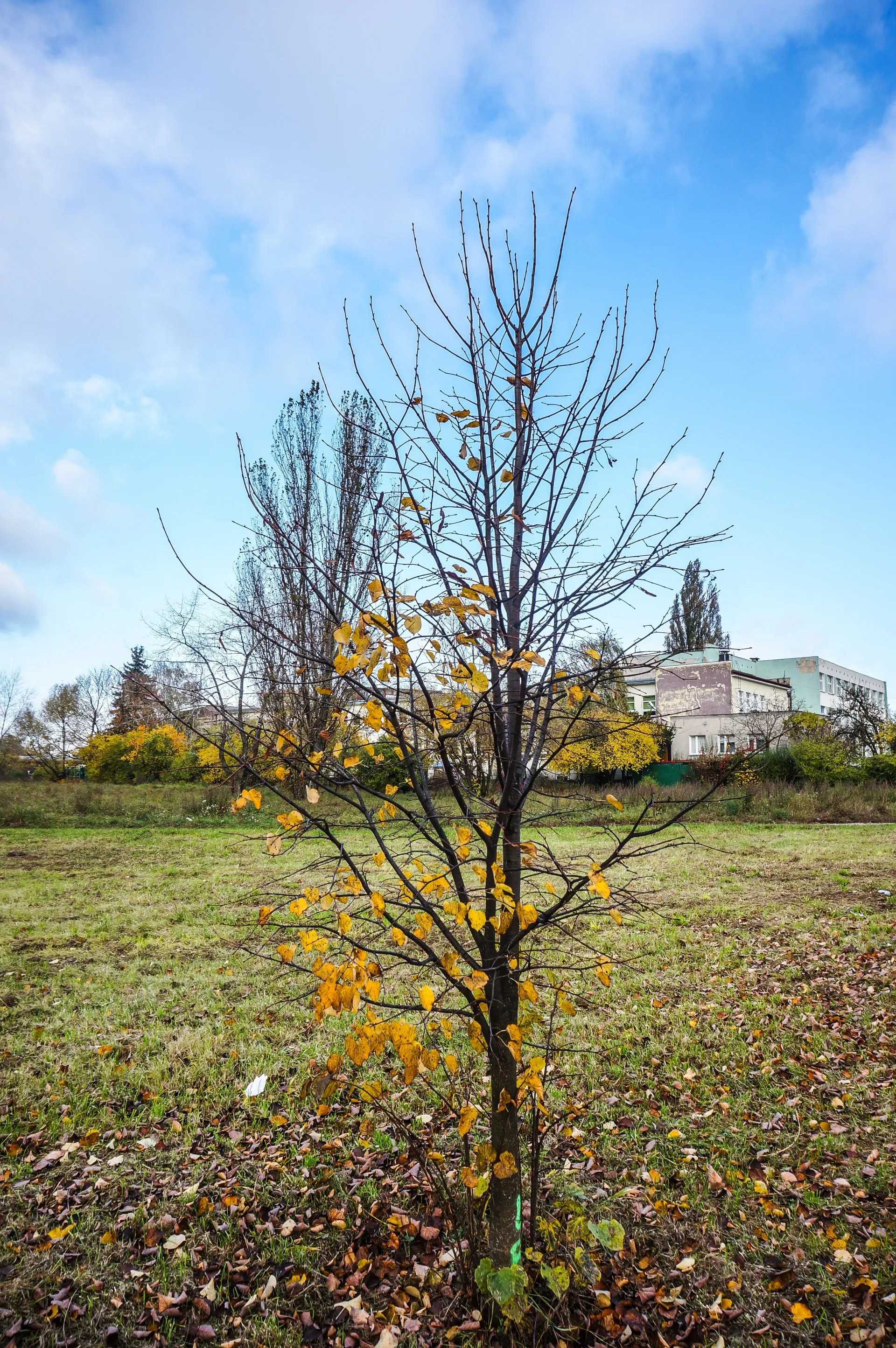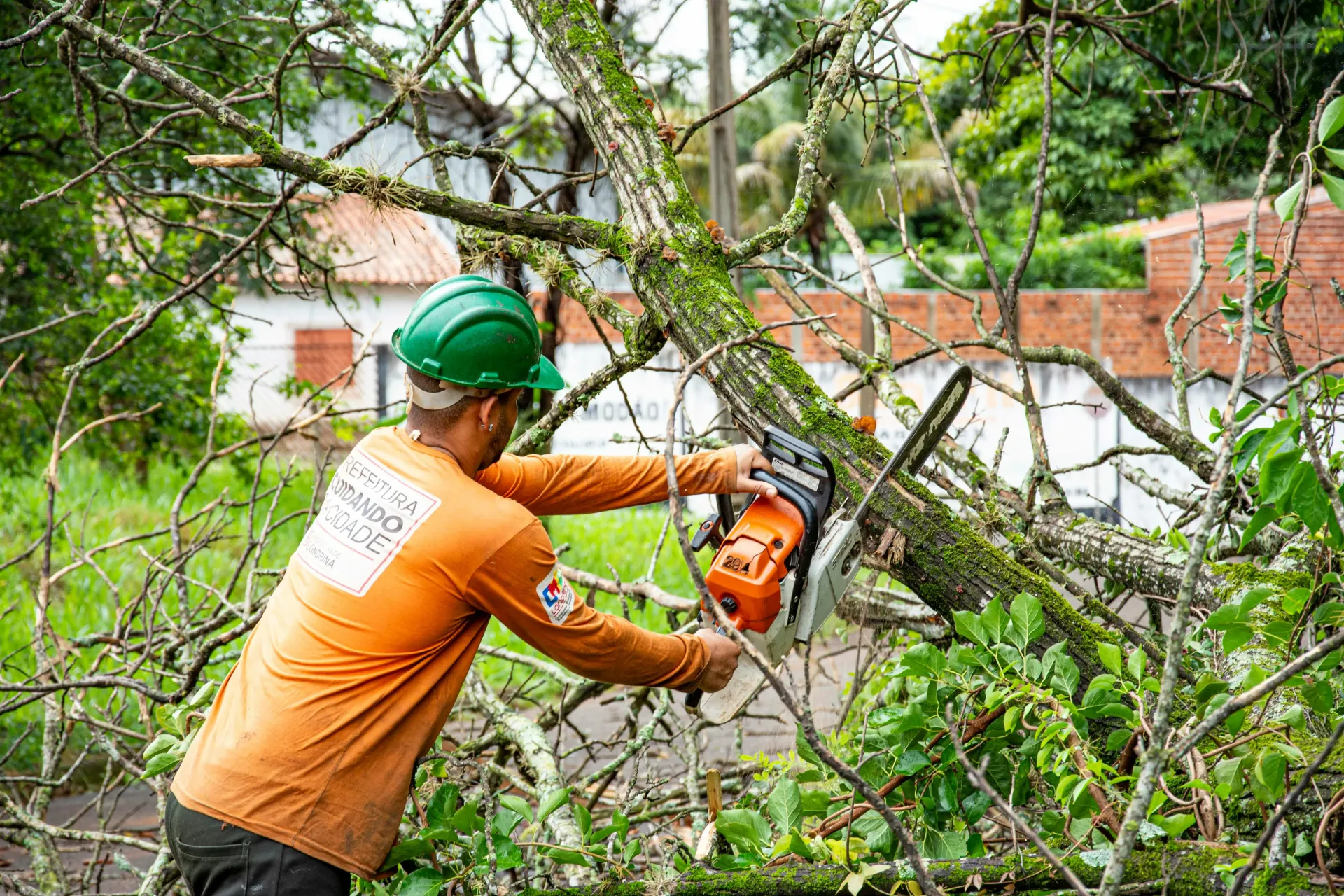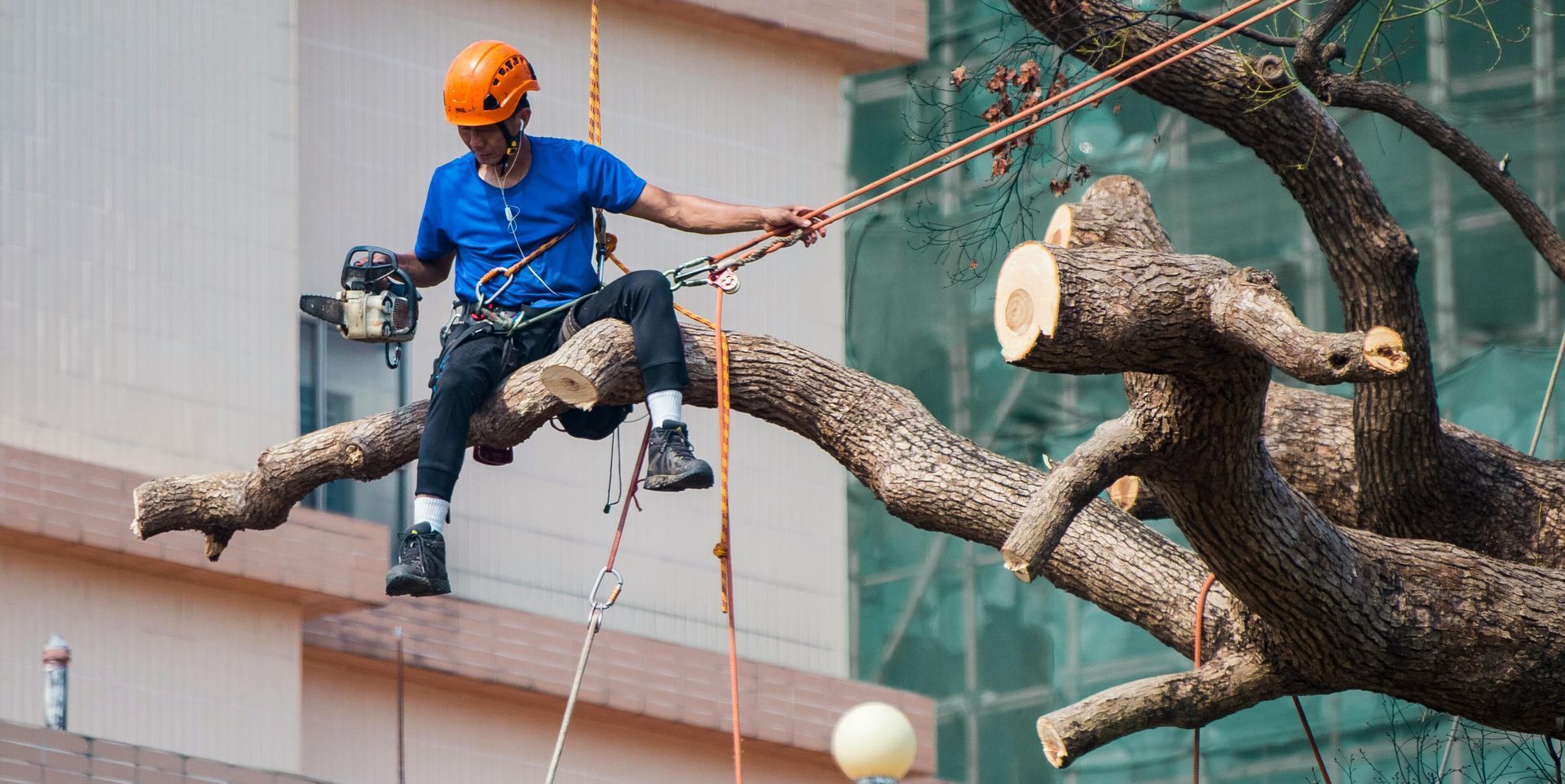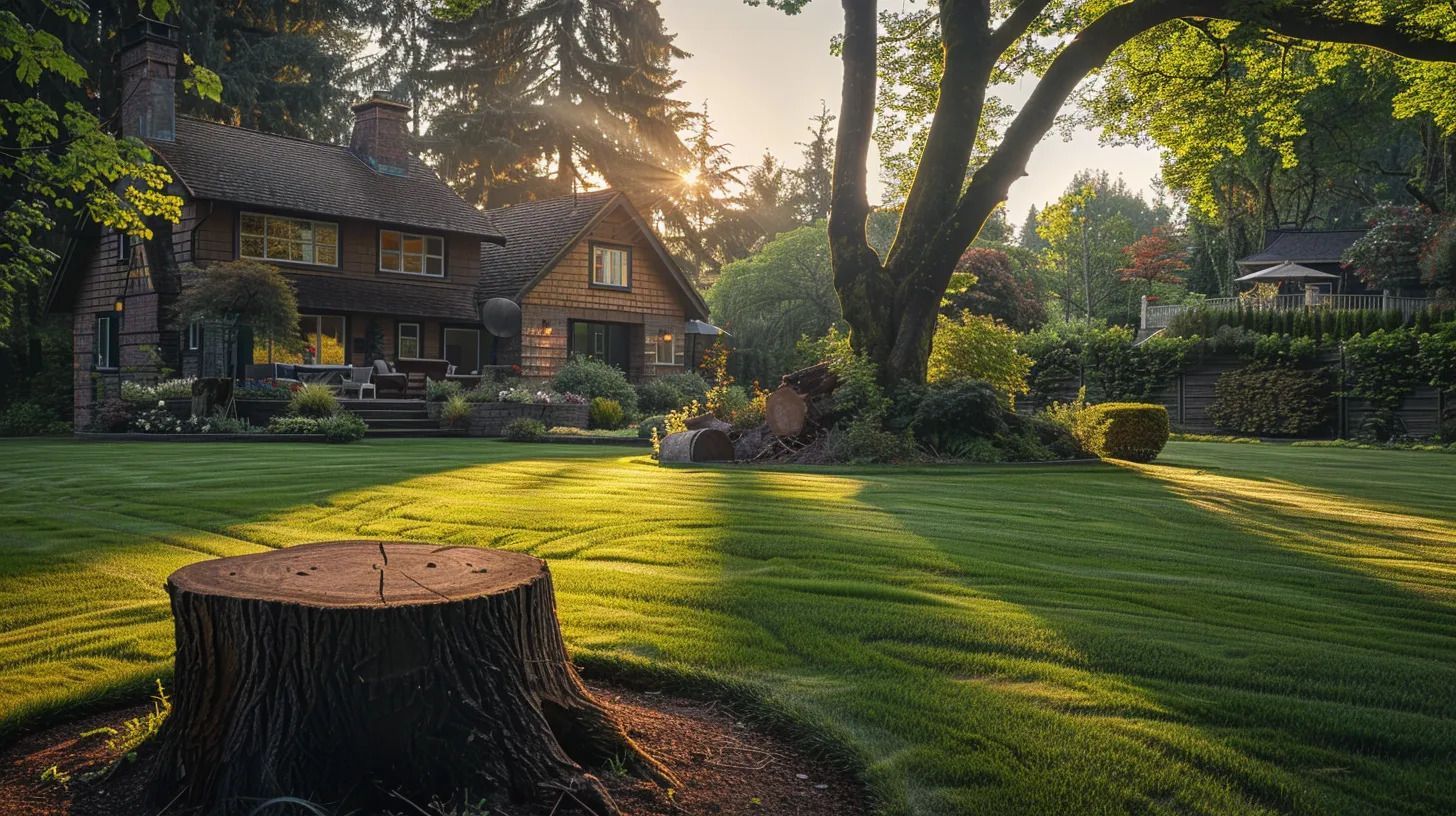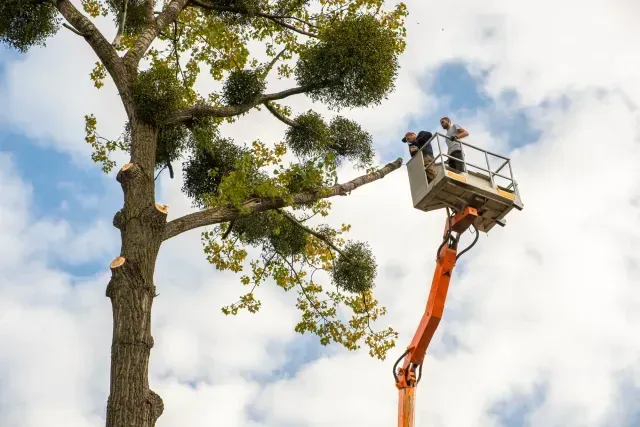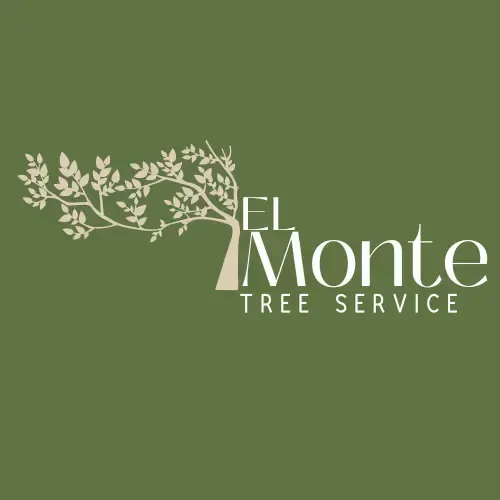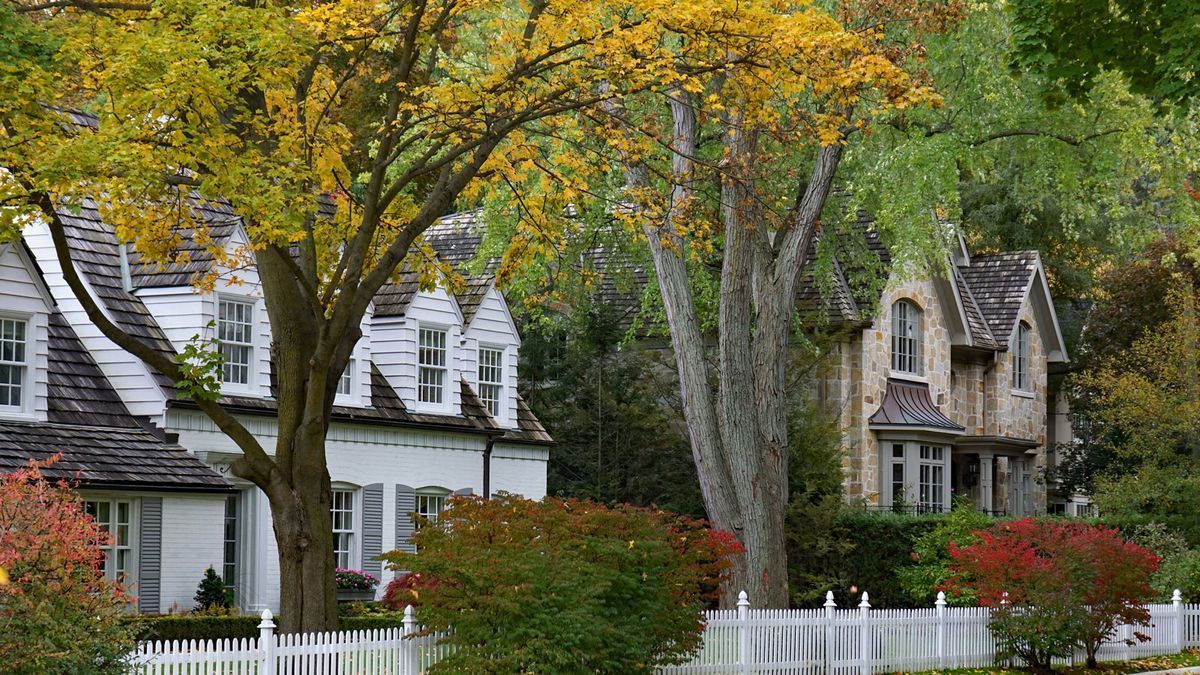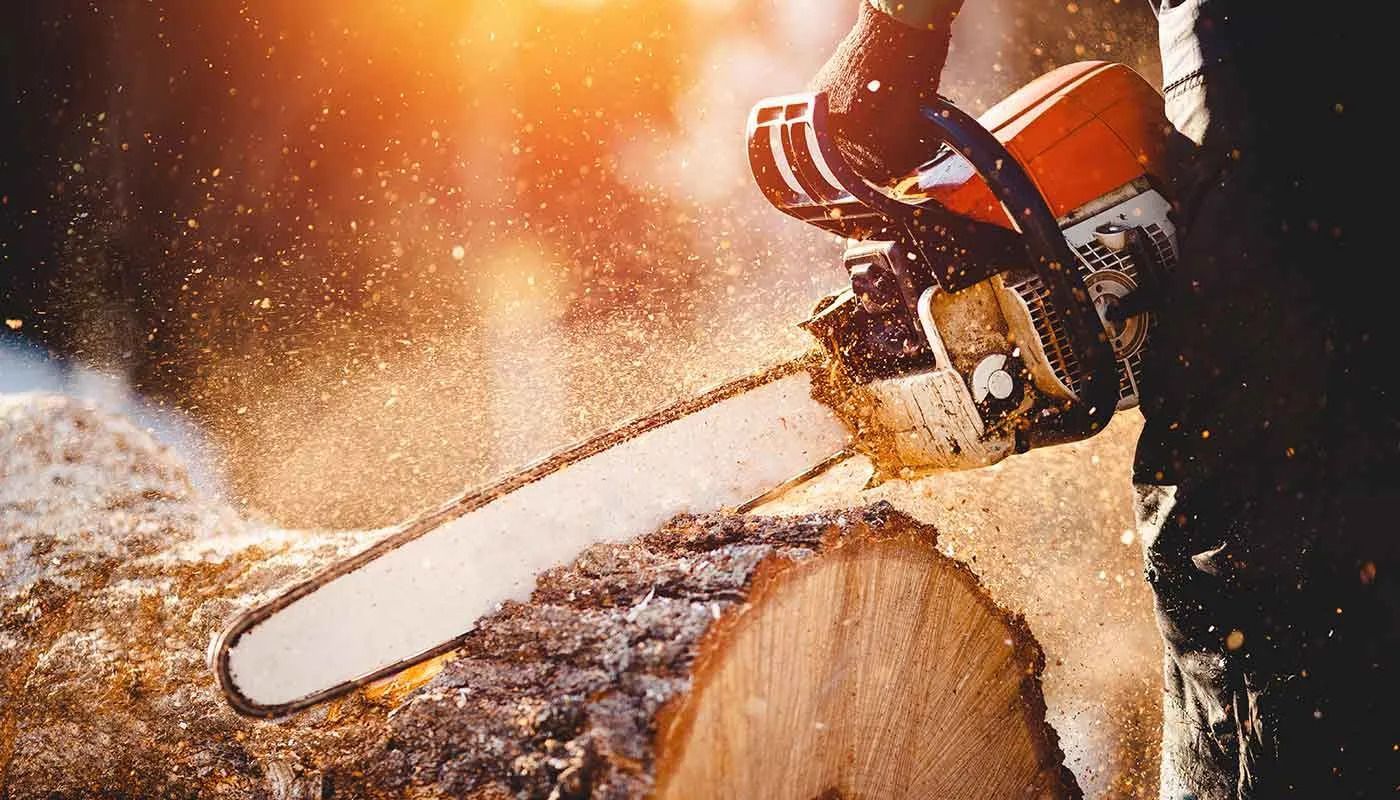Tree Health Reinvented: Innovative Fertilization and Nutrition Strategies
Trees, often revered as nature’s lungs, play a critical role in maintaining ecological balance. Yet, despite their towering presence, they’re not invincible. Environmental stress, urban pollution, depleted soils, and improper care can quietly choke their vitality. Thankfully, the science of arboriculture is catching up fast. Today, tree health is being redefined—not with outdated treatments but with groundbreaking fertilization and nutrition strategies that are reshaping the way we care for these green giants.
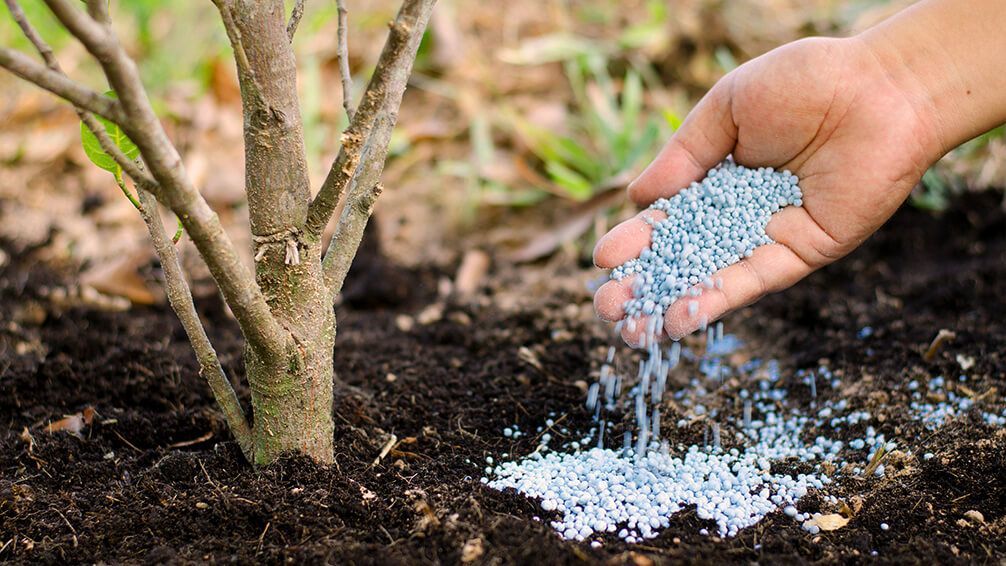
Understanding Tree Nutrition
Just like humans, trees require a balanced diet of nutrients to grow, resist disease, and live long lives. The primary nutrients—nitrogen (N), phosphorus (P), and potassium (K)—are well-known, but secondary nutrients like calcium, magnesium, and sulfur are equally vital. Micronutrients such as iron, manganese, zinc, and boron, though required in tiny amounts, can make the difference between a thriving tree and one in decline.
When these nutrients are deficient or imbalanced, the signs are often subtle—yellowing leaves, stunted growth, and poor canopy density. Left unchecked, they become serious threats. This makes understanding and diagnosing nutrient needs a non-negotiable skill for arborists and property owners alike.
Soil Health and Tree Vitality
It all begins below ground. Soil isn't just dirt—it's a complex, living system teeming with microbes, fungi, minerals, and organic matter. Trees develop deep relationships with soil ecosystems, and when those systems are compromised, tree health suffers.
Healthy soil ensures proper root oxygenation, retains moisture, and supplies nutrients in bioavailable forms. Compacted, acidic, or nutrient-poor soils can inhibit root function, leading to chronic tree stress. Therefore, before applying any fertilizers, it's crucial to analyze soil structure, pH, compaction level, and microbial activity.
Traditional vs. Modern Fertilization
Traditionally, fertilization followed a “one-size-fits-all” model—bulk applications of NPK blends, often without regard for tree species, soil condition, or regional climate. While this approach provided temporary greening, it often led to nutrient imbalances and environmental runoff.
In contrast, modern fertilization focuses on precision. It's customized, data-driven, and sustainable. Advanced techniques include slow-release formulations, bio-activated amendments, and site-specific soil testing. These methods not only enhance nutrient uptake but also minimize waste and ecological impact.
Precision Tree Fertilization
Precision fertilization is the future of tree care. It leverages tools like digital soil mapping, GIS analytics, and leaf tissue sampling to determine the exact needs of each tree. Instead of guesswork, this approach delivers targeted solutions that address both short-term deficiencies and long-term health goals.
Different trees have unique nutrient demands—what a sugar maple needs in a suburban yard differs drastically from a pine in a forest or an oak on a city street. Precision ensures that fertilization strategies align with each tree’s biology and the surrounding environment.
The Science Behind Foliar Feeding
Sometimes, the fastest route to health is through the leaves. Foliar feeding, or the application of nutrients directly to leaves, allows for rapid nutrient absorption. It’s especially effective during periods of stress when root uptake is limited.
For example, iron chlorosis (yellowing due to iron deficiency) in oaks can often be reversed with foliar sprays. This method bypasses poor soil conditions and delivers nutrients where they’re needed most. However, it should be used strategically—not as a substitute for soil care, but as a complement.
Biochar and Compost Tea Innovations
Two of the most exciting developments in tree nutrition come straight from nature: biochar and compost tea. Biochar is a form of charcoal that enhances soil structure, retains nutrients, and fosters microbial growth. When added to the root zone, it becomes a long-term asset to soil health.
Compost tea, meanwhile, is a nutrient-rich liquid extracted from compost. Teeming with beneficial microbes and enzymes, it supercharges soil biology. When applied to roots or foliage, compost tea can invigorate trees, enhance disease resistance, and improve nutrient absorption.
Mycorrhizal Fungi Partnerships
Beneath the surface, trees often form alliances with mycorrhizal fungi—symbiotic organisms that attach to roots and extend their reach. These fungi act like underground messengers, transporting nutrients and water in exchange for sugars produced by the tree.
Modern fertilization strategies aim to preserve and even enhance these natural partnerships. Inoculating soil with mycorrhizal spores can give struggling trees a much-needed boost, especially in degraded or urban soils.
Deep Root Fertilization Techniques
One of the most effective yet underutilized methods for restoring tree vitality is deep root fertilization. This involves injecting liquid nutrients directly into the root zone, bypassing surface obstacles like turf or mulch.
This method delivers immediate and sustained nutrition, aerates compacted soil, and stimulates root growth. It’s ideal for mature trees, those suffering from decline, or those planted in harsh urban environments. Tree Service professionals often use this technique as part of routine maintenance.
Liquid vs. Granular Fertilizers
Both liquid and granular fertilizers have their place in tree care. Liquid fertilizers offer rapid nutrient delivery and are ideal for quick fixes or foliar feeding. Granular options, on the other hand, provide slow-release nourishment that lasts for months.
Choosing the right form depends on timing, tree species, and specific health concerns. Ideally, a combination of both—delivered strategically throughout the growing season—can produce optimal results.
Organic Fertilizer Options
Organic options such as worm castings, seaweed extracts, and fish emulsions are gaining popularity. These not only feed trees but enrich soil biology. They release nutrients gradually, improve moisture retention, and reduce the risk of nutrient burn.
For those looking to go green without compromising results, organic fertilizers offer a powerful, planet-friendly solution.
Slow-Release Nutrients
Quick-release fertilizers may provide an instant boost, but they often create nutrient surges that trees can’t fully utilize. Slow-release nutrients, in contrast, feed trees over time, mimicking natural nutrient cycling.
They’re particularly useful in sandy or leached soils where nutrients can wash away quickly. Additionally, they reduce the risk of over-fertilization and support long-term root development.
Tree Nutrition During Drought
Droughts place immense stress on trees. Without sufficient water, roots can't transport nutrients efficiently. In such cases, specially formulated drought fertilizers with extra potassium and beneficial microbes can help.
Hydrogel-based carriers and root enhancers can also be applied to increase water retention and stimulate drought resilience.
Urban Tree Nutrition Challenges
Urban trees often struggle in hostile environments—polluted air, compacted soil, limited space, and frequent pruning. Their roots compete with sidewalks and sewer lines, while leaves face exhaust and dust.
Innovative solutions such as subsurface irrigation, permeable pavements, and custom urban soil blends are helping trees not just survive but thrive in cities.
Customized Soil Testing Protocols
Before any fertilization plan begins, soil testing is essential. It determines pH, nutrient levels, organic matter, and microbial life. This data is used to tailor fertilization plans that are both efficient and cost-effective.
Annual testing also tracks improvements over time, ensuring that interventions are working as expected.
Fertilizing Damaged or Diseased Trees
When trees are sick, nutrition becomes part of the cure. Fertilizers can help rebuild energy reserves, encourage root regeneration, and support immune responses. However, timing is key—over-fertilizing a stressed tree can do more harm than good.
That’s why partnering with a Tree Service expert is often necessary to assess and apply treatments correctly.
FAQs
What are the signs my tree needs fertilization?
Yellowing leaves, sparse canopy, stunted growth, and premature leaf drop can indicate nutrient deficiencies.
How often should I fertilize my trees?
It depends on species, age, and soil conditions. Most trees benefit from annual or biannual feeding.
Can I over-fertilize a tree?
Absolutely. Over-fertilization can lead to root burn, weak limbs, and even death in severe cases.
What’s the best time of year to fertilize?
Early spring and late fall are ideal, depending on tree type and local climate.
Are organic fertilizers as effective as chemical ones?
Yes, especially when combined with good soil practices. They feed the soil and tree simultaneously.
Should I test my soil before fertilizing?
Always. Testing ensures the right nutrients are applied in the right amounts.
Conclusion
The future of arboriculture is rooted in science, sustainability, and stewardship. Trees are no longer treated with a “one-shot” approach. Instead, they receive personalized care—strategic, eco-conscious, and informed by data. Whether you're a homeowner with a backyard maple or a city planner overseeing an urban forest, embracing these innovative fertilization and nutrition strategies ensures your trees remain majestic, resilient, and alive for generations to come.
Links:
